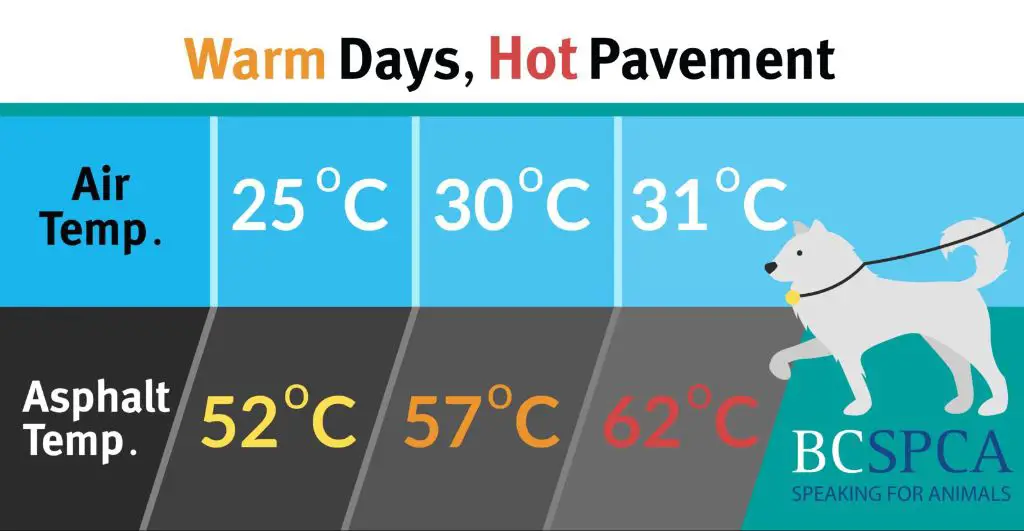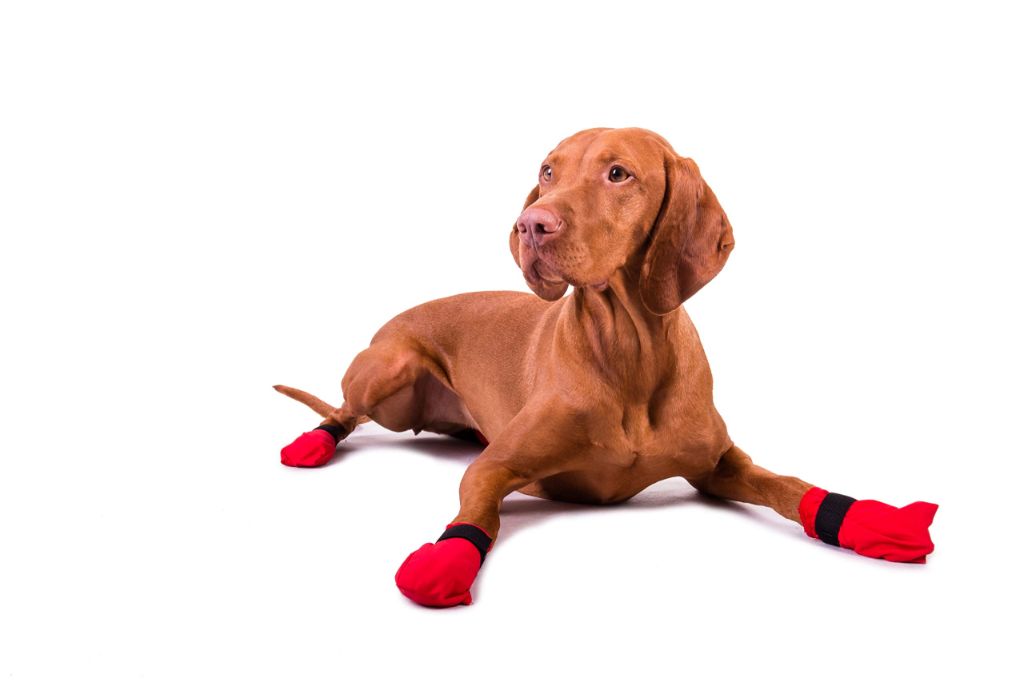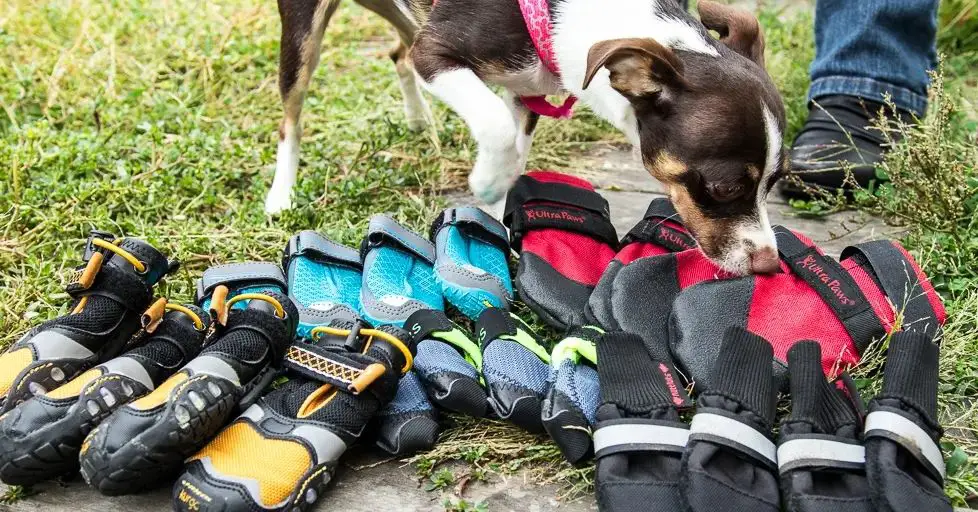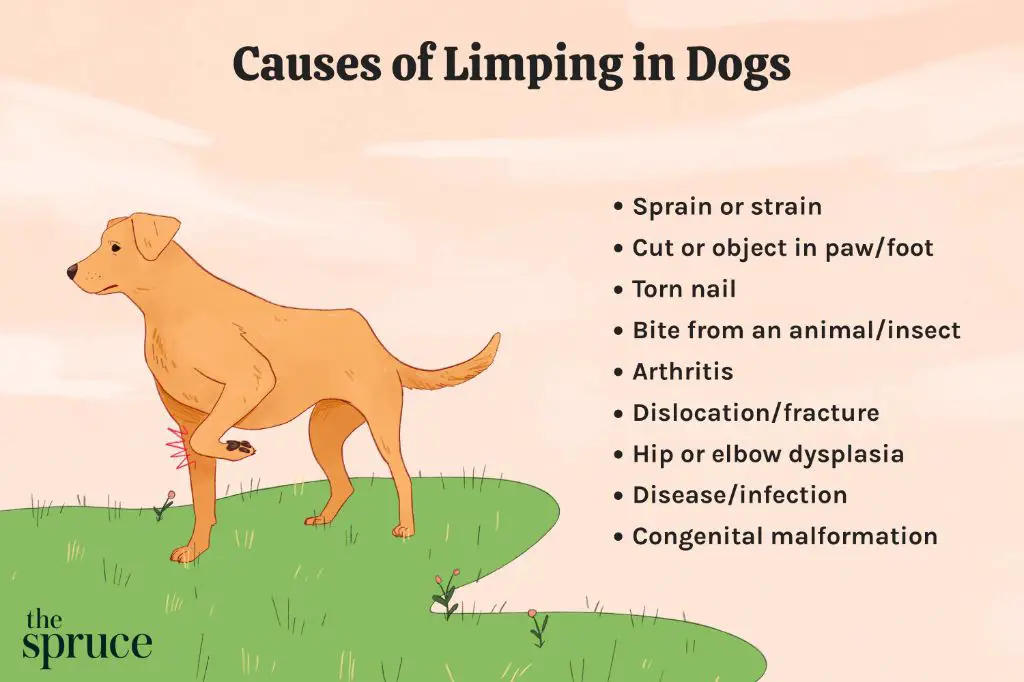The Growing Use of Dog Shoes for Hot Pavement
As summers get hotter, an increasing number of pet owners are outfitting their dogs with protective footwear. The dangers of scorching hot pavement and other surfaces are well documented. Temperatures above 85 degrees Fahrenheit can quickly burn and blister dogs’ foot pads, especially during the peak heat of midday.
While dogs have some natural protection from hot ground through callouses on their paws, these only provide partial insulation. Exposed areas can still suffer severe burns in a short time. This causes great pain and distress for dogs. It may lead to limping, licking feet obsessively, infections, and avoidance of walks.
To prevent injuries, many owners now put dog shoes on their pets for outings when pavement gets extremely hot. While controversial for some, usage of dog shoes is rising each year. This article will cover the benefits and practicalities of using them to shield paws from scorching surfaces.
Dangers of Hot Pavement
During the summer months, pavement can get extremely hot and pose dangers to your dog’s paws. The biggest risks from hot pavement are:
Burns to paw pads – A dog’s paws have sweat glands that help regulate body temperature. However, these paw pads are still vulnerable to burns from hot ground. Pavement that feels hot to your touch can cause burns and blisters on your dog’s paws.
Overheating and heat stroke – Hot pavement raises your dog’s body temperature. Dogs are at risk for heat exhaustion and heat stroke, which can be life-threatening. Overheating can cause heavy panting, drooling, lethargy, vomiting, diarrhea and collapse.

Limping or reluctance to walk – If the pavement is too hot for your dog’s paws, they may start limping or become reluctant to walk. They instinctively want to protect their paws from further pain and injury.
Damage over time – Repeated exposure to hot pavement can lead to thick, hardened paw pads over time. This causes a loss of flexibility and traction in the paws. Cracked paw pads are also a risk if the skin dries out from heat exposure.
When to Use Dog Shoes
During the hot summer months, the pavement can quickly heat up and burn sensitive paw pads. As a general rule of thumb, if the pavement is too hot for your hand, it’s too hot for your dog’s paws.
More specifically, you may want to put booties on your dog for walks when temperatures rise above 85°F. Pavement can heat up rapidly to over 125°F on an 85 degree day, which is hot enough to cause burns in just 60 seconds.
Thin coated or light colored dogs are especially at risk since they have less insulation on their paws. Breeds like Greyhounds, Whippets, Boxers, Bulldogs, and Pit Bulls often benefit from protective footwear.
Long walks over 30 minutes on hot days also warrant extra paw protection. The longer the walk, the more chance tender paw pads have of becoming irritated.
Pay close attention to how your dog is walking on hot pavement. If they start to lag behind, limp, or hold their paws up, it’s time to intervene with dog shoes.
Benefits of Dog Shoes
Dog shoes provide several important benefits for dogs walking on hot surfaces like pavement and asphalt. The main benefits include:
- Protect paws from burns, cuts and irritation from hot surfaces
- Allow for longer walks and more outdoor activity without risk of injury
- Prevent overheating of paws by providing a barrier from hot ground
- Give traction control on slippery surfaces like smooth concrete
Protecting paws from hot ground is the primary reason pet owners invest in dog shoes. The paw pads can burn and blister when exposed to hot pavement or asphalt. Severe burns may require veterinary treatment. Dog shoes act as insulation to prevent this pain and injury.

With the protection dog shoes provide, dogs can walk for longer periods without risk of paw injuries. Taking a long walk on pavement would normally carry the risk of burns or abrasions, but shoes allow a dog to get more activity and exercise outdoors.
Dog shoes also prevent the paws from getting overheated. The heat radiating off hot pavement can make paws hot very quickly. Shoes provide an air buffer that maintains a more comfortable temperature.
Additionally, shoes give dogs better traction on potentially slippery surfaces like tile, hardwood or concrete. The grips on the bottom of shoes provide stability for playing and running.
Choosing the Right Dog Shoes
When selecting shoes for your dog, there are a few key factors to consider:
Material – Look for breathable materials like mesh or neoprene to prevent overheating. Leather or rubber soles provide protection and traction.
Coverage – Full paw coverage is best for protecting from hot surfaces. Some shoes only cover the bottom or have open areas.
Fastenings– Shoes should have adjustable straps or velcro fastenings to ensure a snug, customizable fit.
Sizing – Measure your dog’s paws and check manufacturer size charts. Shoes should be snug but allow normal walking motion.
Comfort – Ensure shoes do not rub or chafe. Allow your dog to adjust to wearing shoes gradually.
Well-fitted dog shoes allow for a natural gait while protecting paws. Monitor your dog’s movement and behavior with new shoes and remove them if abnormal.
Introducing Shoes
When first introducing shoes, it’s best to start slowly indoors and make it a positive experience. Begin with short 5-10 minute training sessions paired with fun activities like playing fetch or giving treats. This prevents frustration and helps dogs associate shoes with something enjoyable.

Use praise, pets, or small tasty treats as positive reinforcement when they tolerate the shoes. Go at your dog’s pace and don’t force things if they seem anxious or uncomfortable. Build up the amount of time worn gradually over multiple sessions.
Try distracting with a puzzle toy or chew while first putting on and taking off the shoes. Go slow with anxious dogs and introduce separate short sessions for each paw if needed. With patience and persistence, even reluctant dogs can get used to dog shoes!
Caring for Dog Shoes
Like any piece of gear you buy for your dog, it’s important to regularly check the condition of your dog’s shoes and properly care for them. This will help extend their life so you don’t have to replace them as frequently.
Check the soles and straps for any signs of wear and tear. The constant grinding against pavement can cause the bottoms to thin over time. Look for fraying, holes, or rips. Straps can become stretched out or develop tears that make it hard to properly secure the shoes. Replace shoes that are badly worn.
Handwash dog shoes with mild soap and water after each use. Allow them to fully air dry before using again or storing. Bacteria and dirt can build up inside, so regular cleaning is a must.
Consider disinfecting shoes occasionally with a pet-safe disinfectant spray or wipe. This helps kill germs that can cause odors or irritation between your dog’s toes.
Expect to replace dog shoes every 6-12 months with regular use. The constant wear against pavement will break them down over time. Don’t wait until they are completely falling apart, as worn shoes offer less protection. Replace shoes at the first signs of damage or excessive wear.
Alternative Options
If you decide that dog shoes are not the right choice for your pup, there are some other options to help protect their paws from hot pavement:
Booties
Booties are similar to shoes but only cover the paws, not the whole foot. They are lightweight and breathe fairly well. Booties secure around the ankle so they stay on better when running and playing. Make sure to monitor for rubs.
Paw wax/balm
Waxes and balms create a protective layer on the paw pads to insulate from heat and repel dirt and grit. They contain moisturizing ingredients like vitamin E and shea butter. Apply before walks and reapply as needed. Wash paws afterwards.
Walk early/late
Adjust walk times to early morning or late evening when pavement temperatures are cooler. Avoid mid-day walks when sunlight has heated surfaces to damaging levels.
Grass instead of pavement
Opt for grassy areas as much as possible when the pavement gets too hot. Grass provides insulation and is gentler underfoot. Be mindful of fertilizers, pesticides, foxtails, and other hazards in grass.
Signs of Paw Injuries
Walking on hot pavement can lead to various paw injuries in dogs. Here are some signs to watch out for:

Limping, licking paws – If your dog is hesitant to walk or is limping, and excessively licking their paws, they may have burned paws. The pavement likely caused blisters or pain.
Redness, blisters, cracking – Check your dog’s paw pads and in between the toes for any redness, blisters, cracks or bleeding. Hot ground can cause burns and abrasions.
Excessive fur between pads – When paws get burned, more fur may grow between the pads as protection. Look for excessive fur which could signal injury.
Crying in pain – Some dogs vocalize when in pain. Crying, whimpering or yelping when walking may indicate injured paws.
If you notice any of these signs, discontinue walks on hot pavement and give your dog’s paws time to heal. Protect their paws going forward.
When to See the Vet
While most minor paw pad issues can be treated at home, it’s important to watch for signs that may require veterinary attention. Contact your vet promptly if you notice any of the following:
- Severe burns or wounds on your dog’s paw pads
- Prolonged limping or obvious pain when walking
- Signs of infection such as redness, swelling, discharge, or a foul odor
- Your pet is clearly in pain and having trouble bearing weight on their paws
Veterinarians can provide medications for pain management, treat any underlying infections, and bandage severe wounds. For serious burns, skin grafts or surgery may be required. The sooner you seek treatment, the better the outcome will be for your dog’s recovery. If your dog experiences any trauma to their paw pads from hot pavement, it’s always a good idea to have a veterinarian examine them. Proper treatment can help avoid any long-term damage or complications.